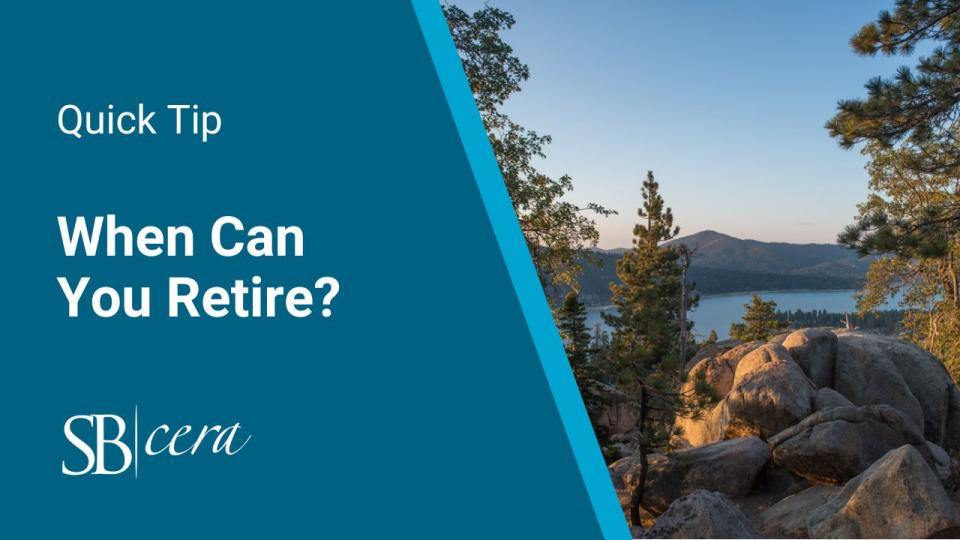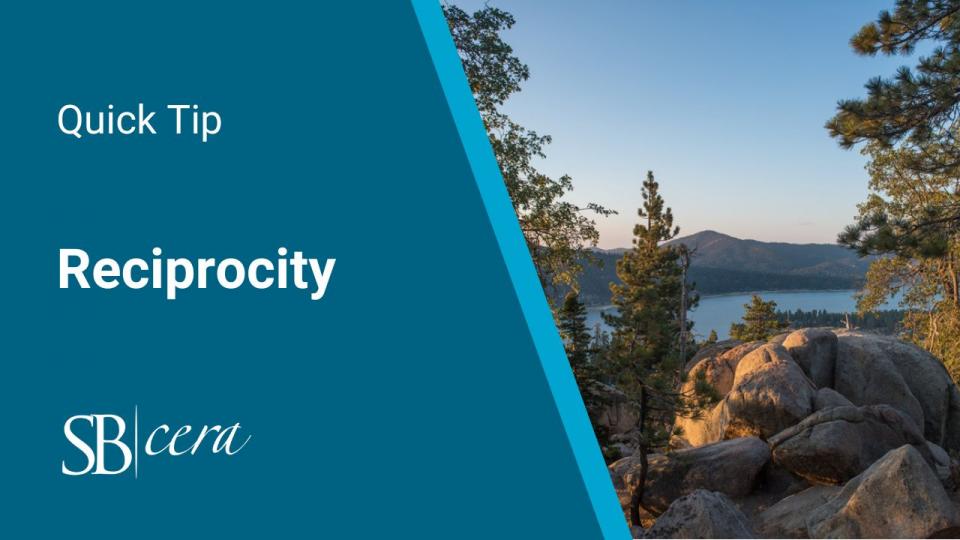Choosing to retire is a big decision. Knowing when you are “ready” to retire versus when you “can” retire are often two different decisions. You may be ready to retire, but unsure whether it’s the right time or if you can afford it. Retirement requires careful consideration and planning. Below are some things you should consider when deciding to retire.

Retirement Consultation Guide
Retirement requires careful consideration and planning. In this guide, we’ve segmented the retirement planning stages into: Before Retirement, At Retirement, and After Retirement. It’s designed to help you clearly understand the retirement process and highlight important information to consider while working towards retirement.
Retirement Consultation Guide 
Retirement Planning Tables
Available for Tier 1 and Tier 2 members, these tables allow you to quickly and easily estimate your future retirement benefit. You can see how your retirement benefit grows as you get older and/or add years of service credit.
Tier 1 Compensation Percentage Tables
Tier 2 Compensation Percentage Tables
Your Retirement Income
Your SBCERA benefit is considered the “foundation for a secure retirement.” While you will earn a lifetime retirement benefit from SBCERA, it is important to think about what other sources of income you will need in retirement. Common sources of income could include social security, real estate, personal savings, defined contribution plans such as a 457(b) or 401(k), mutual funds, stocks, bonds and IRAs.
To determine how much income you will need in retirement, you should consider what your plans are for retirement. Where will you live? What activities would you like to participate in? Do you plan to travel? Once you have a “picture” in mind for your retirement, you can estimate your projected expenses and determine how much income you may need.
Calculating Your SBCERA Benefit
SBCERA offers several resources to assist you in calculating your future benefit. The most useful resource is your mySBCERA account. By accessing your mySBCERA account and creating a benefit estimate, you are able to use data specific to you in calculating your future benefit.
Your benefit is based on a formula that is predictable. It is very much like a mathematic formula. The value of the formula’s factors dictates the outcome. If you make one of these factors higher, the end result will be higher. There are four factors used to calculate your monthly, lifetime retirement benefit from SBCERA:
- Age at Retirement: Every quarter year counts. Therefore, every three months following your birthday your benefit increases. Your benefit will increase because of your age until you reach the maximum age as determined by your benefit formula:
- Tier 1: General Members – Age 65 Safety Members – Age 50
- Tier 2: General Members – Age 67 Safety Members – Age 57
- Years of Service Credit: Your years of service credit increase with every hour worked. Therefore, each pay period your benefit increases.
- Final Average Compensation (FAC): The amount of money you have earned prior to retirement that will be used when determining your benefit. The definition varies based on your tier.
- Tier 1: Your highest 12-consecutive months of earnable compensation at any time during your membership or if you established reciprocity with a reciprocal agency, SBCERA will use the FAC as reported by that reciprocal agency if it is higher. The salary reported by the reciprocal agency may be 12 or 36-consecutive months depending on your membership tier with them.
- Tier 2: The average of your highest 36-consecutive months of pensionable compensation at any time during your membership with SBCERA.
- Benefit Formula (Tier 1 or 2, General or Safety): Your benefit formula is used to determine how to calculate your benefit based on the other three factors. Ultimately, you will receive a percentage of your final average compensation for every year of service credit you have earned at a particular age. For example, the formula for Tier 1 General Members is 2% @ 55. Therefore, a member who retired at age 55 with 25 years of service credit could expect to receive 50% (2% x 25 years) of their final average compensation.
Retirement Eligibility Requirements
Tier 1 Member (SBCERA membership date is prior to January 1, 2013)
- Members age 50 or older may retire with at least 10 years of service credit
- Members age 70 or older may retire at any time with any amount of service credit
- General Members may retire at any age with at least 30 years of service credit
- Safety Members may retire at any age with at least 20 years of service credit
- Active part-time Members may retire at age 55 or older with at least 10 years of membership and 5 years of service credit
Tier 2 Member (SBCERA membership date is on or after January 1, 2013
- Members age 70 or older may retire at any time with any amount of service credit
- General Members age 52 or older may retire with at least 5 years of service credit
- Safety Members age 50 or older may retire with at least 5 years of service credit
Note: Prior Public Agency Service Credit does not apply toward vesting or retirement eligibility. You will not be credited with service for periods when you are taking a leave without pay or your paycheck is too small to cover your retirement contribution. Learn more here.
Choosing When to Retire
When choosing what day to retire, waiting a month or two can make a difference in your lifetime monthly benefit amount. Keep the following things in mind when choosing your effective date of retirement to optimize your benefit:
- Age/Birthday: Your retirement benefit increases with each quarter year of age until a maximum age (as mentioned above). Therefore, consider retiring on your birthday, immediately following your birthday, or in a three-month interval after to ensure you receive the latest quarter year of age credit available to you.
- Service Credit: The more service credit you have the greater your benefit will be. You can increase your years of service credit by working longer. You can also purchase service credit, if qualified.
- Spring: The cost-of-living adjustment (COLA) is determined in the spring of each year. By retiring on or before April 1, you will be eligible for a COLA if one has been approved for that year. If you retire after April 1, you will not be eligible for a possible COLA until April 1 of the following year.
You can request a personal benefit estimate from SBCERA for various retirement dates to help understand your retirement options and choose the right time to retire. These estimates include your personal information, anticipated future retirement dates, and projected lifetime monthly benefit. You can request estimates online or by contacting SBCERA.
Deciding to Retire
Deciding to retire is a big step, and we’re here to help guide you through it. Follow these steps to make sure you’re ready when the time comes.
3 Years Prior
2 Years Prior
- Attend a SBCERA Pre-Retirement Seminar
- Generate a retirement benefit estimate in mySBCERA
- Schedule and attend a retirement consultation
- Select your retirement effective date
- Test drive your retirement. Consider living on your projected retirement income for a few months to give it a try
- Research Retiree medical insurance options
60 Days Prior
- Schedule and attend a retirement appointment
- Discuss retirement with your deferred compensation representative
- Generate an updated retirement benefit estimate in mySBCERA
- Complete any outstanding service credit purchase contracts
- Inform your employer of your intent to retire and provide them with your last day working
- Inform reciprocal agencies of your effective date of retirement (if applicable)
- File your application for retirement benefits with SBCERA
- Finalize medical and dental insurance, COBRA, medical trust funds, termination cashouts, life insurance
Retirement
- Congratulations on reaching this significant milestone! Enjoy your retirement.
You can also download SBCERA’s Pre-Retirement Checklist, which includes all these steps in a simple, printable layout.
Your First Benefit Payment
Retirees and beneficiaries are paid once a month on the last business day of the month. You may not receive your first benefit payment for one to two months after retirement. However, your first benefit payment will be prorated based on your effective date of retirement.





